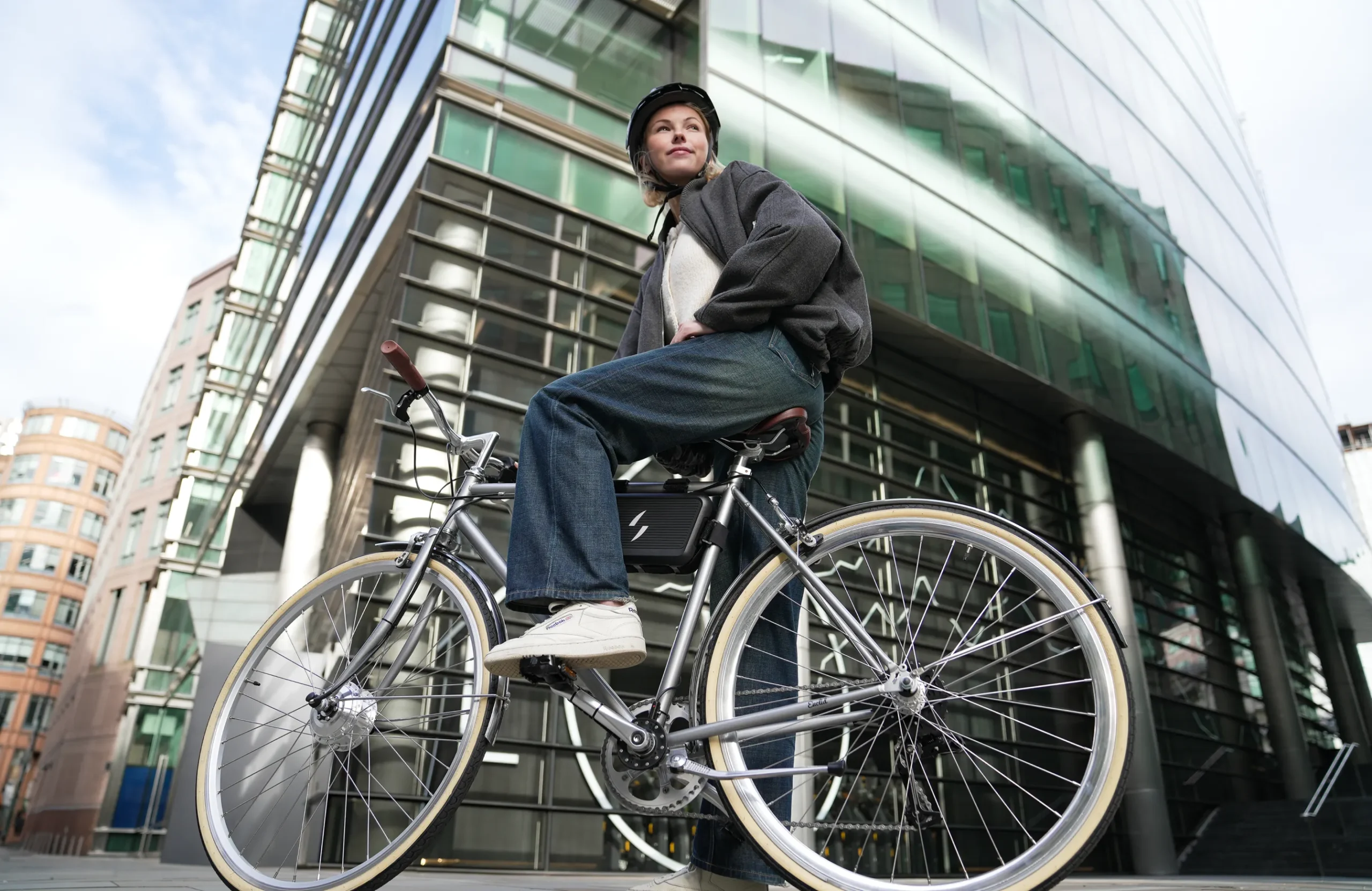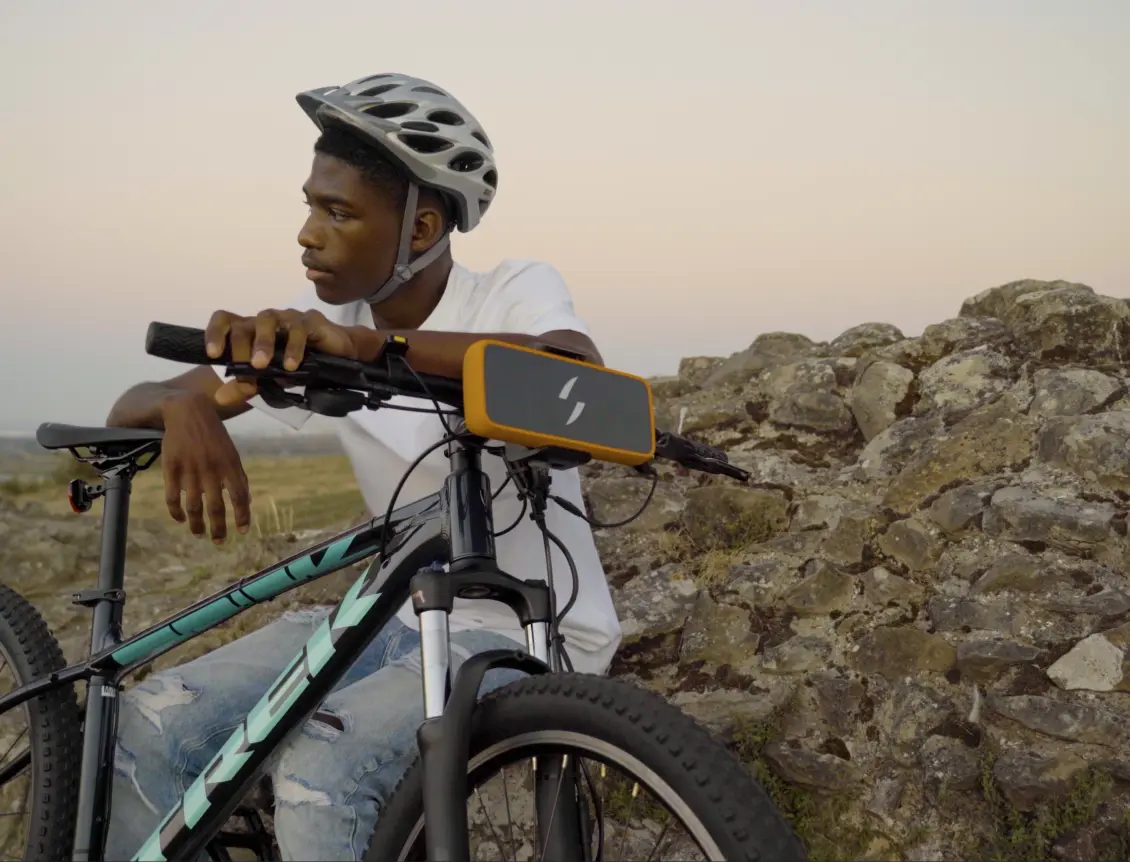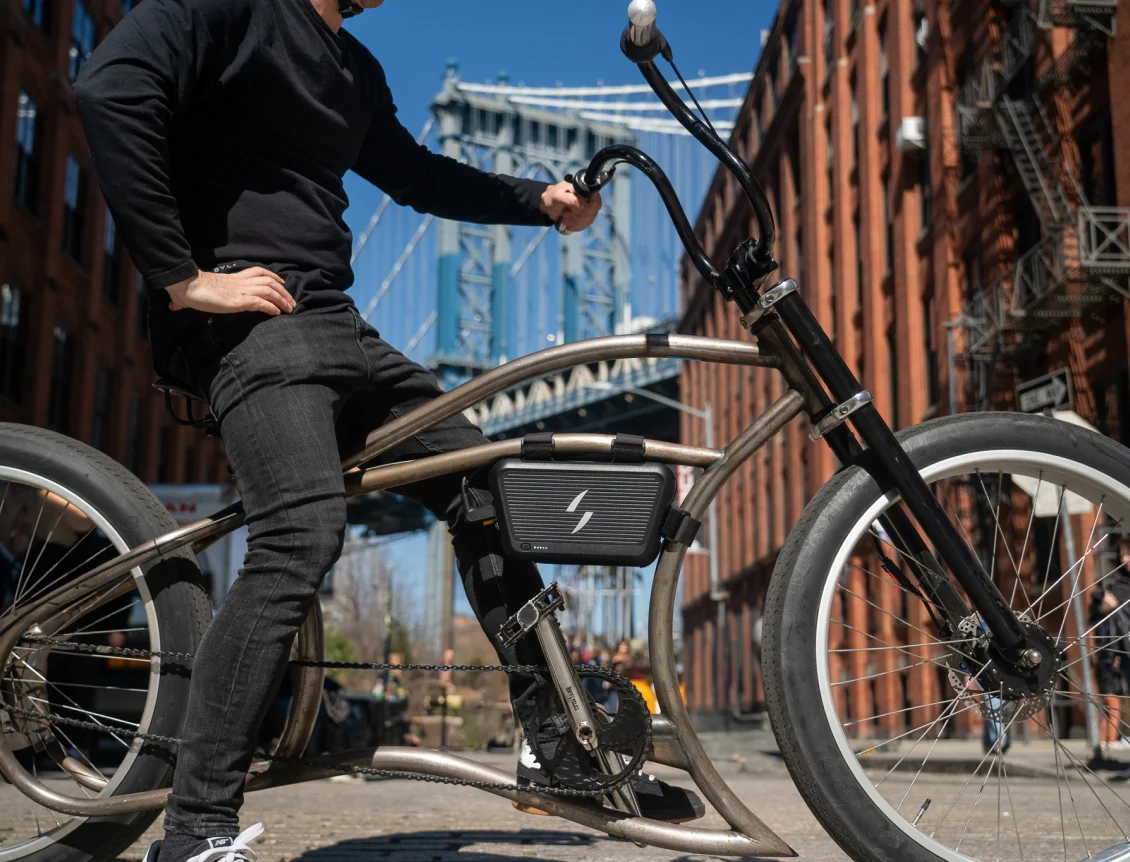How to deal with common road hazards
Whether you are riding a standard bike, a standard bike with an e-bike conversion kit or a purpose built e-bike, the road hazards you may face are going to be the same. The only difference being the rate of speed you are traveling. Braking on wet roads encompasses the same problems with friction no matter the vehicle. For a cyclist, road hazards that wouldn't faze a car are exponentially more dangerous, including cars themselves. Sometimes you can avoid hazards, sometimes you can't.
Part of riding on city streets, or any street for that matter is the excitement and danger of being acutely aware of your surroundings in order to survive your excursion. At least, that's part of the fun for me when I ride downtown. It's a good day if I can successfully avoid getting hit by a car backing out, or don't skid out when I hit a patch of sand or dirt. Years of riding on wet roads has made me an expert with braking with enough time not to fishtail into traffic.
Speaking about wet roads
The most common road hazard you'll likely experience when riding is wet roads. The key here is to allow plenty of time for braking and read up on riding in the rain. To help your bike grip the road, especially on turns, keep your weight balanced to the opposite side of the turn in order to create more friction between your tyre and the road. Make sure you also aren't riding on bald tires, which is its own danger.
One thing to note about wet roads is paint stripes. These are the slickest part of every wet road. The way to handle paint lines (if you have to cross them in any fashion) is to cross them at a hard angle, gradually. Try not to cross them with your tyre parallel to the line. This will cause your tyre to lose all friction which can lead to a loss of control.
Crappy asphalt and potholes
There is no perfect road. There is always something wrong with it. Potholes are the most obvious physical road hazard and on an e-bike you'll have less time to react than on a standard bike. The key to avoiding potholes is keeping your freaking eyes on the road. Sometimes, because of auto traffic, you can't swerve to avoid them. On a standard bike you can just hop them, or make a smaller adjustment to coast around them. On an e-bike, due to speed, you'll have to make that adjustment well ahead of time. Unless you have an e-bike conversion kit on your standard, then you can just lift the handlebars a tad while lifting your feet and you should be able to bunny hop the pothole.
Aside from potholes, you'll also experience cracks in the concrete that will surely rip your tyres to shreds should you get caught in one. The best way to handle hitting cracks (especially long, parallel cracks) is to lean toward the crack at a perpendicular angle and pop your front wheel sideways to clear it. Of course, this only applies to a converted e-bike, as the rate of speed affects your tyre actually getting caught in a crack. The faster you are traveling, the less likely you are to get caught unless you drop into a crack straight on.
Don't even get me started on cobbled or brick roads. Brick is easy, cars have already worn a path for you that is fairly smooth. With cobbled roads, just try to lift your weight off the seat a bit and use your arms as suspension. It's very similar to mountain biking.
Gravel, dirt and sand
Gravel, dirt and sand provide a fun challenge for a road bike. If you are on converted e-bike, switch to manual pedaling for better control. The key is to not coast through the gravel or dirt, but rather to pedal through it to provide stability. If you start into a slide, don't brake hard, you'll just wipe out. Lay off the acceleration and keep your weight centered.
The same kind of holds true for taking turns on gravel roads. Take a much wider turn than usual and keep straight on the bike instead of leaning into the turn, the opposite of what you'd usually do. This keeps your weight centered on the bike and provides greater opportunity for your tyres to grip the road and prevent slipping.
Dead animals and zombie drivers
You can usually smell a dead animal before you hit it. Just keep your eyes ahead of you and you should be able to avoid smooshing into a dead raccoon and wiping out. Poor critters.
The real road hazard is drivers. Whether you are on an e-bike or standard, they are always a constant threat. We already talked about biking in traffic so there's not too much to add to that. Just keep your head on a swivel and always assume that drivers are going to make the worst decision possible when it comes to your safety on the road.
Avoiding road hazards isn't always possible, but you can easily manage them by the way you react. On an e-bike or standard bike, the rules of the physical universe are basically the same. Physics doesn't change too much, and it's all about how you balance your weight and the friction you create. Feel the road, be one with the bike and you should be able to avoid getting gravel in your face.
Curtis Silver


